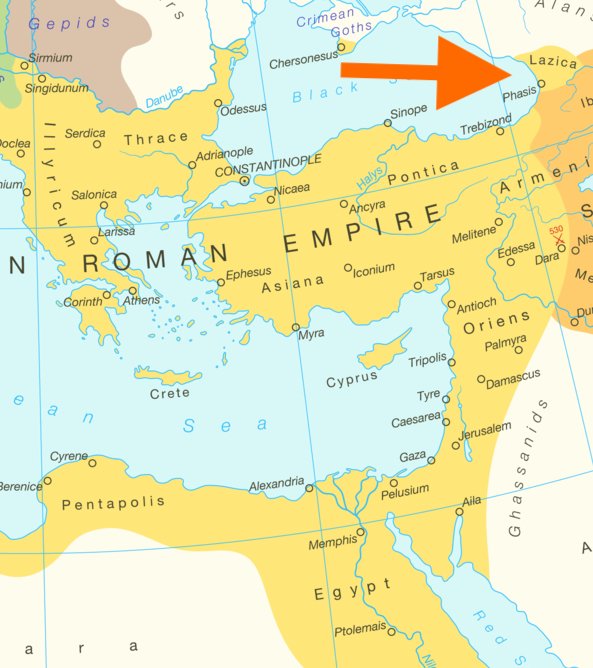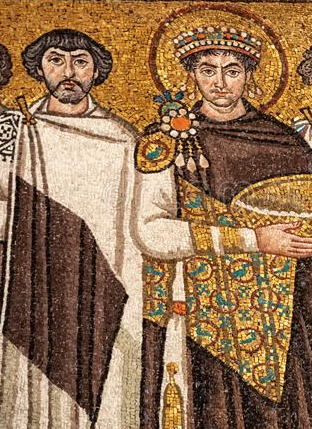How I wrote #BelisariusAndAntonina Part 20: If people are familiar with Belisarius, they know about the triumphant first portion of his career. The ending of his career is rather less known. Today, Belisarius’ last stint as General of the East. 🧵 #History #Book #Byzantine 

During his first stint as General of the East (529-531), Belisarius fought the Persians in Mesopotamia. During his second stint (532?-542), he overran North Africa and Italy. But, surprise, he also had a third stint as General of the East, which began in 549. 

In Spring 549, Belisarius returned to Constantinople after his disappointing second campaign in Italy. Procopius records the surprise appointment that came next: Justinian “appointed him commander of the imperial guards in his capacity as General of the East.”
Because we have no evidence that Belisarius actually left Constantinople at this point, much less that he fought any battles, some historians have assumed that this third appointment as General of the East was purely honorary, a reward for his many years of loyal service.
But there is some evidence to suggest that Justinian had a pointed reason for this appointment beyond honoring Belisarius. At this time, the Romans and Persians were fighting in Lazica (modern Georgia), but not in Mesopotamia (the domain of the General of the East). 

However, probably in 548, the Persians made an attempt to seize the Roman stronghold of Dara in Mesopotamia. The attempt was foiled, but it might have caused Justinian to worry that conflict with the Persians might spill over into Mesopotamia.
Not long after this, Belisarius was appointed General of the East. I think it likely that Justinian asked his long-serving friend to resume his old position one last time, as insurance against potential Persian aggression in Mesopotamia.
But in 551, Justinian signed a truce with the Persians, which eliminated all concern that war would break out in Mesopotamia. So around this time, it was safe for Belisarius to retire again, for good. We know he had done so by February 552 at the very latest.
This last stint of Belisarius as General of the East was relatively brief and uneventful, and so can go unnoticed and unappreciated. But I think it is important because it demonstrates that Belisarius & Justinian continued to have a positive relationship even at this late stage. 

Next week: We go back to the process of turning all these ideas into a book, including wrapping up the initial writing, arranging the elements of the book, deciding how to do the notes, and more.
• • •
Missing some Tweet in this thread? You can try to
force a refresh

 Read on Twitter
Read on Twitter










